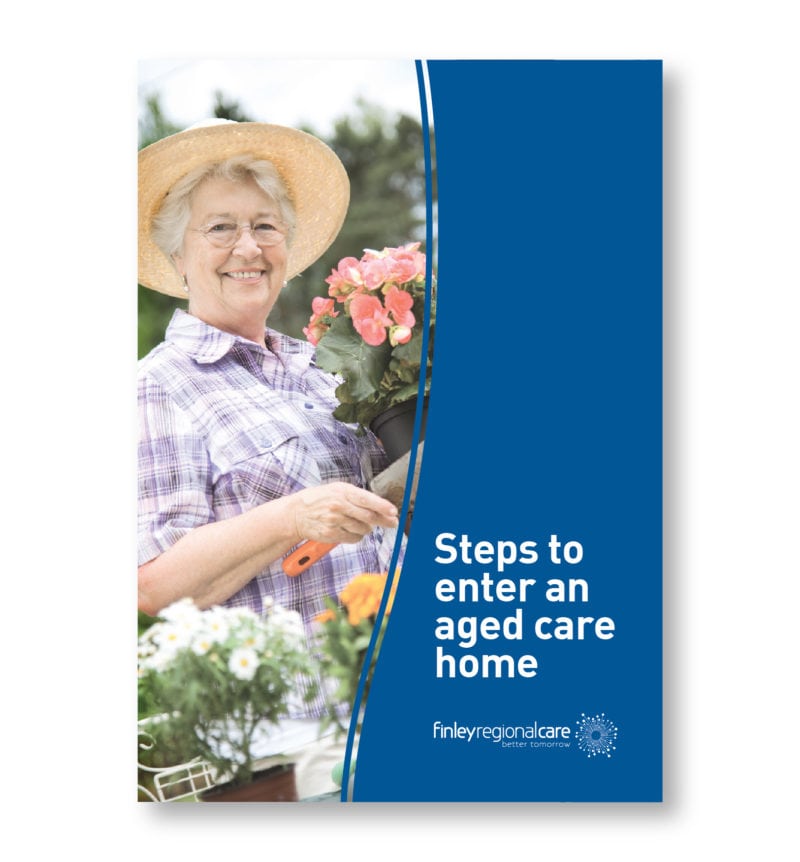Falls can be quite traumatic for older people. Not only is there a chance of injury, suffering a fall is also likely to lower your confidence and make you fearful of falling again. This can cause people to limit their activities and social lives, and can then lead to isolation, depression and further physical decline as you use your body less and less.
It’s common to hear of people suffering falls and balance issues as they get older – but this is actually NOT a normal part of ageing. While falls are common, they don’t have to be – there’s plenty you can do to improve your balance as you age, and lower your risk of taking a tumble. Read on to find out how to preserve your balance as you get older.
Why does your balance get worse as you age?
It’s a continual challenge for our bodies to stay stable and balanced as we move from place to place – even when we’re younger. Our bodies are well able to provide us with the sensory information we need to stay balanced and steady when we’re young, but as we age, the way our brains integrate all this sensory information declines. Age and inactivity can lead to slower processing as our brain tries to help us balance, because our cognitive abilities have gotten worse.
Plus, the older we get, the more our balance tends to deteriorate, and the greater chance we have of suffering a fall. This is due to the fact that our physical strength and bone density drop off as we get older, leading to a reduced ability to balance. As well, we tend to take longer to recover from a fall if we do experience one. And when you throw in failing eyesight, poorer depth perception and slower reaction times on top of that, you often have a recipe for unsteadiness and accidents. And then there’s also the poorer flexibility older people often have to deal with, as well as swollen feet and ankles and diseases (such as arthritis) in weight-bearing joints. And we haven’t even mentioned the medication often taken by older people, which can sometimes lead to dizziness and problems with vestibular function. The upshot – our risk of a fall rises steeply the older we get.
Are falls a likely problem?
While all this is true, and falls definitely become more likely as you age, they are not a given for everyone. Some people are more prone to falls than others – and this can be due to a combination of factors, such as:
- Inactivity
- Weight gain
- Muscle atrophy
- Eyesight problems
- Health conditions
- Medication
- Slow reflexes
- Tiredness
The majority of falls happen when you’re transitioning from one place or position to another – such as standing up from a sitting position, leaning over to tie your shoes or going up and down stairs.
The good news is that it’s possible to reduce your risk of falling as you age, by improving your strength and balance and slowing the process of deterioration.
How can you reduce your risk of a fall?
Talk to your doctor
Make an appointment with your doctor to get your risk of falling assessed. Bone density tests can help pinpoint thinning and weak bones and can help in diagnosing osteoporosis. Your doctor should be able to advise you on strategies to minimise your specific risk factors – such as Vitamin D supplements if your bones are thin.
Have your vision checked
While you’re at it, have your eyes checked annually by an optometrist to ensure you can correct any vision issues before they get worse and start to cause problems.
Increase your activity levels
Regularly engaging in weight-bearing activity is one of the most important things you can do to reduce your risk of falling. Every one of us should aim to be active on most days of the week, and to achieve at least 150 minutes of moderate intensity exercise per week. You don’t have to accumulate this in large blocks either – even 10-minute periods of exercise spread throughout the day are effective. Think lifting weights, walking, yoga, Pilates, dancing, bowls, Tai Chi or any type of exercise that you enjoy and can safely participate in. And it’s never too late to start – even if you’ve never been active before, you can start at any point and improve your strength and balance. Just make sure you consult your doctor first.
Clear up clutter and make your home safer
It’s all too easy to trip over misplaced items lying around on the floor where they’re not supposed to be. Ensure the floor of your home is clear of clutter, and watch out for rugs that might bunch up and trip you, or pets who weave underfoot.
Click here to discover how to fall-proof your home.
Check your medication
A wide variety of medications can increase your risk of falling by lowering blood sugar, affecting the brain or altering blood pressure. As well, some may cause concerning side effects, such as dizziness or drowsiness, that can also increase your chances of taking a tumble. Read through the list of side effects thoroughly to identify any medications that may be putting you at risk, and talk to your doctor about ways you can minimise the risk, or about the possibility of switching to medications without these side effects.
Get plenty of rest on a regular basis
Falls become more likely when you’re tired – your brain is not functioning at its optimal level, and neither is your body. Prioritise sleep and make sure you’re getting your nightly quota on a regular basis.
Do some balance exercises
Regularly engaging in strength and balance exercises will go a long way towards making a fall less likely – and there are plenty of simple exercises that will help, and that aren’t too time consuming and difficult.
Try these:
- Tightrope walk – holding onto a wall for support, walk forward slowly placing your heel to your toe, as if you were on a tightrope. Try it without the support of the wall as you improve.
- Flamingo stand – holding onto a wall, slowly raise one leg and hold for a count of ten, then repeat with the other leg. As above, try it without support as you improve, or with your eyes closed.
- Side-step – using a wall for support, start facing the wall and slowly step sideways for 15 steps in each direction. As you improve, try it without the wall.
- Sit to stand – sit upright in a chair with your knees at a 90-degree angle, fold your arms in front of you and slowly stand up without using your hands. Slowly sit down again, and repeat.
- Standing lunges – starting with feet together, step forward on one leg and bend both knees until your back knee is close to the ground, then return to your starting position. Try five each side to start with, using support if necessary.
Exercise classes such as yoga and Tai Chi can also be helpful.
Practice preventative maintenance
Most of us probably don’t think about our worsening balance until we are unfortunate enough to suffer a fall or balance problem. We tend to take our balance for granted, and rarely do anything to improve it until it starts to become unstable and shaky. However, it might surprise you to know that your balance starts to decline in your mid-twenties!
A far better strategy is to undertake some preventative maintenance when you’re a bit younger, to help preserve your balance into old age.
Click here to discover some more strategies to decrease your risk of suffering a fall.


 What we’ve been up to during September
What we’ve been up to during September
